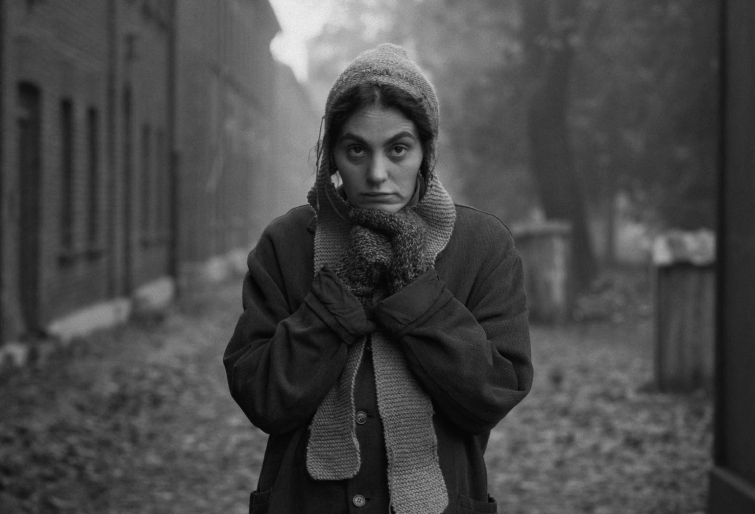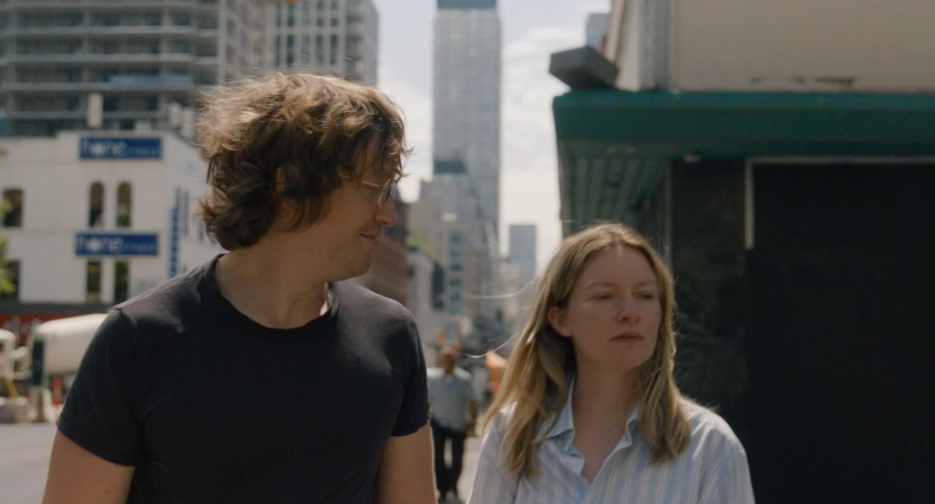OTC Rating : 4/5
Introduction
Kiyoshi Kurosawa’s Tokyo Sonata (2008) is a quietly powerful family drama that peels away the layers of a seemingly ordinary Japanese household. Streaming now on MUBI, the film explores the silent breakdown of a family facing economic instability, emotional distance, and personal disillusionment. Best known for his work in psychological horror, Kurosawa shifts his genre gears but retains his masterful control of tone and tension. Tokyo Sonata is a restrained yet hauntingly effective exploration of pride, identity, and societal expectations.
Story & Narrative Structure
The story follows Ryuhei Sasaki, a middle-class family man who loses his job but keeps it a secret from his wife and children. Pretending to go to work every day, he navigates the humiliations of unemployment in a society where professional status defines a man’s identity. Meanwhile, each family member begins their own quiet rebellion—his wife, Megumi, grows distant and restless; his elder son plans to join the U.S. military; and his younger son secretly takes piano lessons, chasing his own passion.
The narrative unfolds with subtlety and precision. Kurosawa avoids melodrama, opting instead for quiet moments that slowly build emotional intensity. The screenplay captures how unspoken frustrations and societal pressures can erode familial bonds, making the film both culturally specific and universally resonant.

Image courtesy : IMDB
Direction & Cinematography
Kurosawa’s direction is minimalist but deeply thoughtful. He frames his characters in static shots, often using long takes and wide angles that emphasize the emotional and physical distance within the family. The use of space—such as empty rooms, doorways, and narrow hallways—reflects the characters’ isolation and internal struggles.
Cinematographer Akiko Ashizawa crafts a cold, muted visual palette, dominated by greys and blues, mirroring the emotional suppression of the characters. The slow and composed camerawork heightens the sense of tension and control, allowing emotions to simmer under the surface before breaking through.
Performances
Teruyuki Kagawa delivers a deeply internalized performance as Ryuhei. His quiet dignity, denial, and eventual breakdown are portrayed with great nuance. Kagawa communicates volumes with his body language—stooped shoulders, awkward silences, and strained smiles—all reflecting a man crushed by societal expectations.
Kyoko Koizumi, as Megumi, balances fragility with quiet strength. Her arc, particularly during a pivotal sequence where she finds herself alone and uncertain, is subtly powerful. The young actors, Kai Inowaki and Inowaki Masahiro, bring authenticity to their roles, especially in the film’s emotionally resonant climax involving the piano recital.

Image courtesy : IMDB
Production Design & Art Direction
The production design is grounded in realism, with the Sasaki household feeling lived-in yet increasingly hollow. The meticulous placement of everyday items—shoes, dishes, books—adds to the atmosphere of domestic monotony and quiet decay. Classrooms, office buildings, and public spaces are depicted with a sterile uniformity, reinforcing the characters’ sense of entrapment.
The art direction subtly mirrors the emotional states of the characters. As the family unravels, their once orderly home begins to feel cold and unfamiliar, a visual representation of their emotional disconnection.
Sound Design & Music
Sound plays a vital, often understated, role in Tokyo Sonata. Everyday sounds—rainfall, traffic, the clinking of dishes—create an ambient realism that grounds the film. Silence is used with intention, creating emotional tension in scenes where words fail.
The original score by Kazumasa Hashimoto is minimalistic and melancholic. It doesn’t intrude but gently underscores the film’s emotional beats. One of the most moving sequences is underscored by a piano piece performed by the younger son, which becomes both a literal and metaphorical release for the family’s bottled-up emotions.

Image courtesy : IMDB
Editing
Editor Koichi Takahashi maintains a deliberate and meditative pace. Scenes are allowed to linger, creating space for viewers to absorb the characters’ emotional states. Transitions between domestic scenes and Ryuhei’s secret life unfold seamlessly, emphasizing the dual realities he is living.
The rhythm of the editing reflects the slow unravelling of the family. The final act shifts slightly in tone and energy, signaling a possible renewal, and the editing subtly supports this transition without jarring the viewer.
Conclusion
Tokyo Sonata is a deeply affecting film that quietly critiques societal norms while portraying the inner collapse of a modern family. Through its restrained storytelling, powerful performances, and subtle technical mastery, it offers a poignant meditation on identity, communication, and personal freedom. Kiyoshi Kurosawa proves that horror isn’t always about ghosts or monsters—it can be the quiet disintegration of everyday life.
Why Watch It:
- A tender, haunting portrait of family life and emotional suppression
- Elegant direction and a poetic visual style
- Outstanding lead performances and a deeply human story
- A reminder of the silent struggles many families endure



